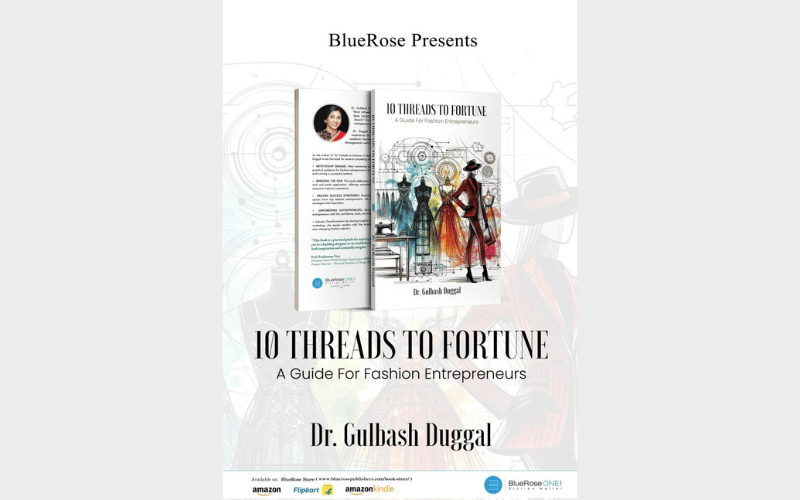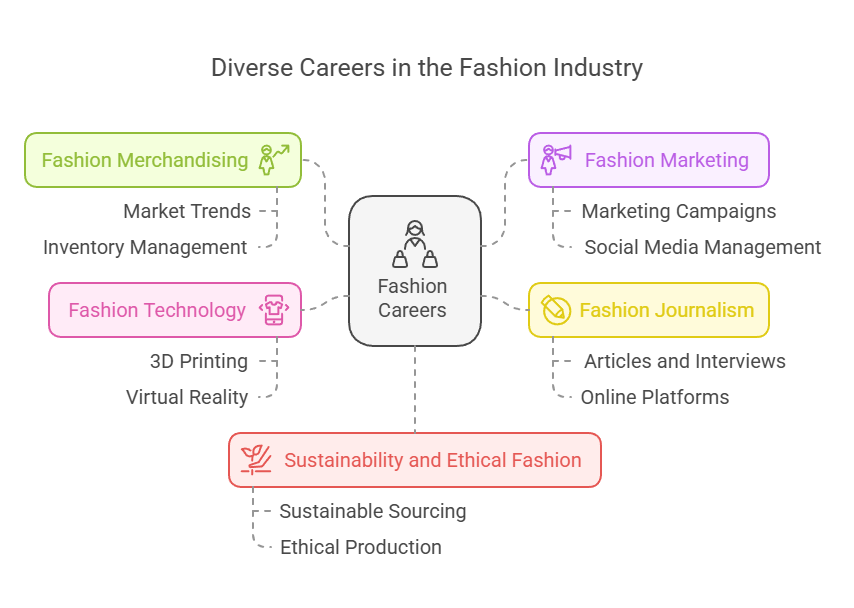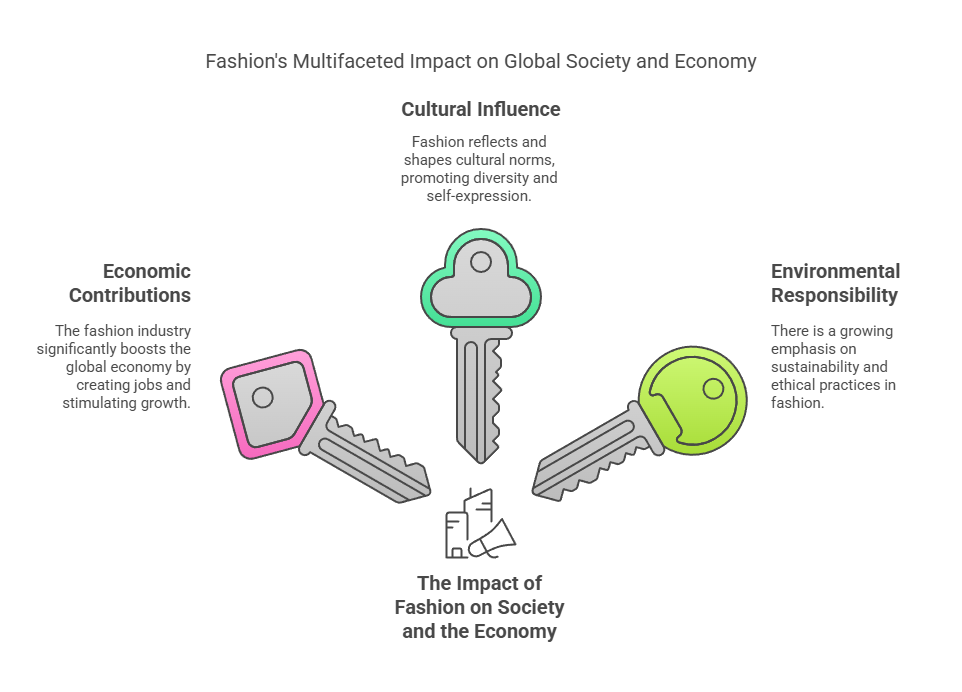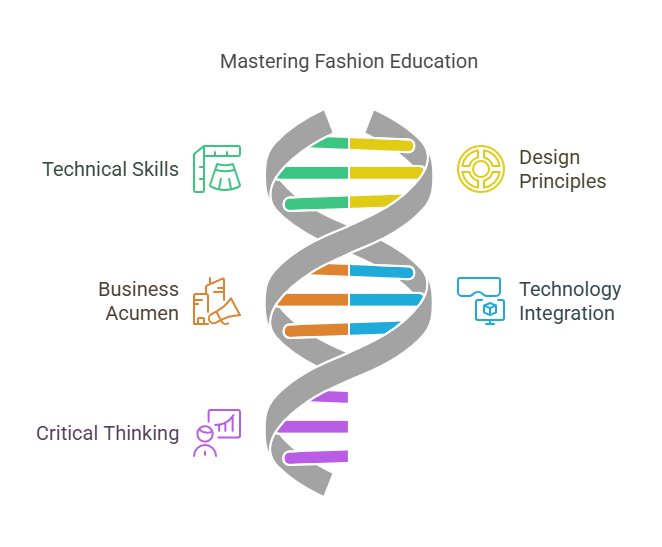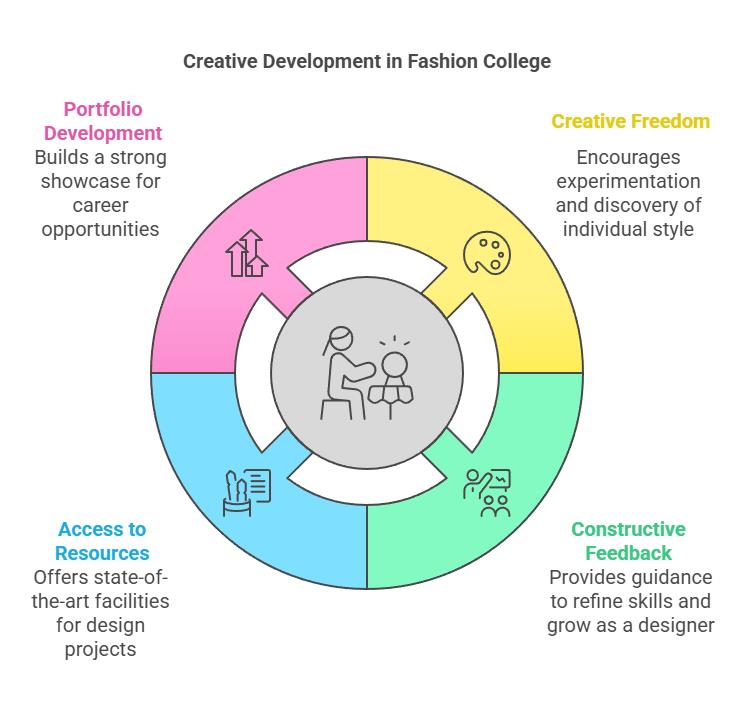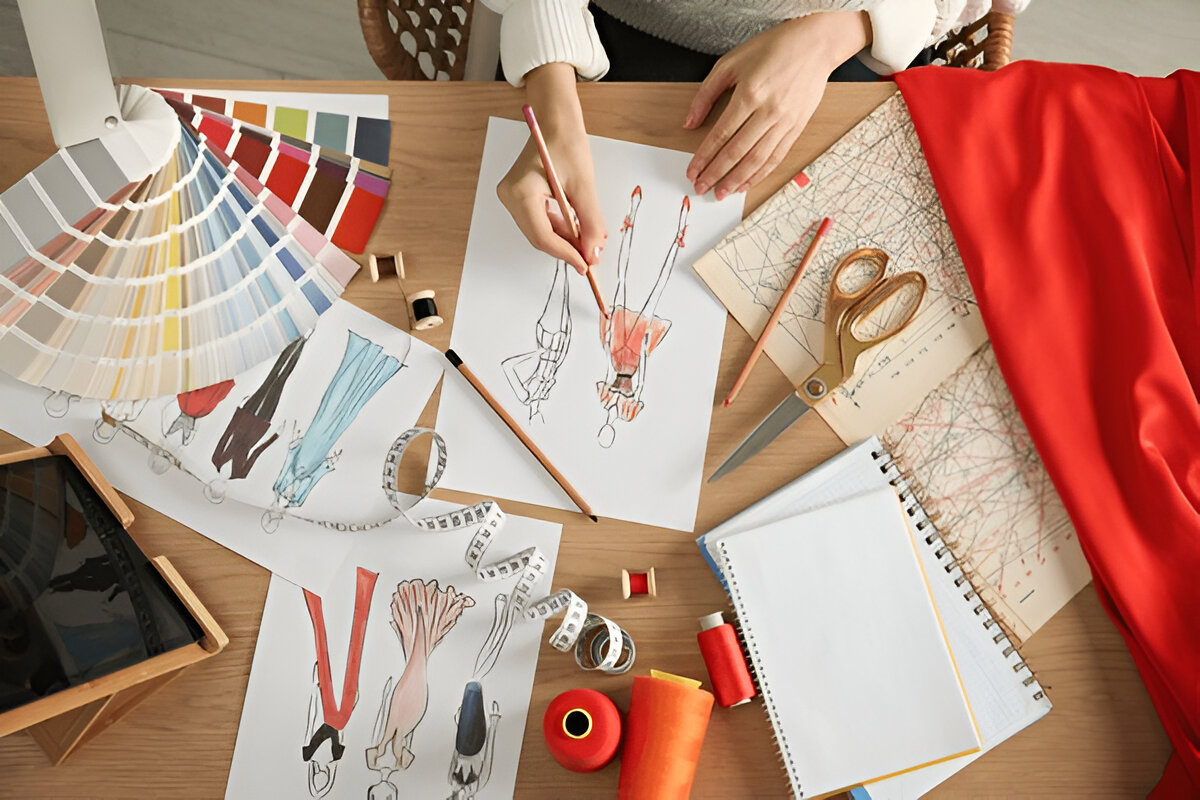Path to Becoming a Fashion Designer
Embarking on a self-taught journey in fashion design presents an alternative to the conventional route of formal education. This path allows for flexibility and the freedom to tailor your learning experience according to your personal interests and pace. It’s an empowering choice for those who thrive on self-discipline and creativity.
Benefits and Challenges of Self-Directed Learning in Fashion
Self-directed learning in fashion has its unique set of benefits and challenges. On the plus side, you can save on tuition fees and gain hands-on experience right away. You’re in control of your curriculum, allowing you to focus on areas you’re passionate about. Additionally, the self-taught path promotes a strong sense of independence and confidence as you navigate your education.
However, there are challenges to consider. Without the structured support of formal education, you might face difficulties in accessing certain resources and mentorship. Staying motivated and persistent can also be tough when there’s no external accountability. Balancing the creative and business aspects of fashion requires diligent effort and continuous self-improvement.
Overview of Essential Skills Needed for Success
To be successful as a self-taught fashion designer, certain skills are paramount. Firstly, technical proficiency in garment construction, pattern making, and sketching is key. These foundational skills allow you to bring your designs to life.
Secondly, creativity and innovation are crucial for standing out in the competitive fashion industry. Developing your unique design aesthetic will help you make a mark.
Lastly, organizational and business skills shouldn’t be overlooked. Understanding marketing, sales strategies, and networking are critical for establishing and growing a brand. Balancing these skills will streamline your journey toward becoming a proficient and successful fashion designer.
As you dive deeper into the world of fashion, leveraging diverse learning resources will become essential.
Developing Technical Skills
Learning Fundamental Garment Construction Techniques
Embarking on the path of fashion design requires a firm grasp of garment construction. This entails understanding the role of seams, darts, pleats, and other features that bring a piece of clothing to life. Begin with the basics by stitching straight seams and gradually work towards more intricate techniques. Knowing your fabric is vital — different materials require specific handling and sewing methods to ensure a flawless finish.
Consider practices such as creating mock-ups using muslin fabric before working on the final material. This trial-and-error approach will build your confidence and refine your technical skills, ensuring every garment you create is professionally executed.
Mastering Pattern Making and Sketching
Pattern making is a cornerstone skill in fashion design. It involves transforming a design sketch into a paper or digital template, which can be used to cut fabric. This step is crucial as it influences the fit and flow of the final garment. Start with simple patterns, like a basic skirt or blouse, and practice reproducing them accurately.
Sketching is equally important. It conveys your ideas and helps communicate with potential clients or collaborators. Regular practice will hone your ability to express your design vision clearly. Utilize fashion templates to guide your initial drawings before moving on to freehand sketches.
Practicing Regular Hands-On Projects for Skill Improvement
The best way to solidify your technical skills is through hands-on projects. Challenge yourself by constructing garments from start to finish, incorporating different techniques and elements each time. The process of making mistakes and learning from them is invaluable.
Start small by creating accessories or simple clothing items before progressing to more complex projects like evening gowns or tailored suits. Document your work in a progress journal, noting what worked and what didn’t. Reflecting on your experiences will offer insights and help you improve continuously.
Building a solid technical foundation through consistent practice and dedication will prepare you for the intricate world of fashion design. By mastering these fundamentals, you set the stage for developing your unique style and professional growth.
Understanding Fashion History and Principles
Studying Different Fashion Eras and Their Influence
Fashion is an ever-evolving art form, and understanding its history is crucial for any aspiring fashion designer. Different fashion eras, from the Renaissance to the Roaring Twenties, reflect societal changes and cultural shifts. Studying these periods can inspire new designs and inform your style choices.
The Renaissance Era saw the introduction of luxurious textiles and elaborate embroidery. Men and women wore layers of fabric, signaling status and wealth.
The Victorian Era brings corsets and crinolines to prominence, representing a fascination with modesty and grandeur.
The 1920s marked the emergence of flapper dresses and a movement towards freedom and rebellion in fashion, highlighting the impact of social change on design.
The 1960s featured bold patterns, miniskirts, and a break from traditional styles, demonstrating how youth culture and political climates influence trends.
Accurately interpreting these eras will give you a deeper appreciation of how past designs can be reimagined for modern wear.
Learning Core Design Principles and Elements
Core design principles such as balance, proportion, and harmony are foundational to creating aesthetically pleasing garments. Understanding these principles helps in the strategic placement of design elements to create visually appealing and functional outfits.
Balance ensures that elements of a design are evenly distributed, either symmetrically or asymmetrically.
Proportion involves the relationship between different parts of the design, critical for flattering fits and innovative designs.
Harmony reflects the cohesive relationship between all elements of a design, ensuring a unified overall look.
Additionally, mastering other elements like color theory, texture, and line will help refine your ability to create well-rounded designs. A good grasp of these aspects will fuel your creativity and enable you to craft unique, compelling garments.
Developing Awareness of Various Styles and Techniques
Fashion is vast and diverse, encompassing countless styles and techniques. To hone your skills and broaden your aesthetic, it’s essential to seek a comprehensive understanding of different styles and methods.
Familiarize yourself with styles ranging from Avant-Garde to Classic, and techniques like draping, pleating, and beading. Each style and technique offer unique challenges and opportunities for creativity.
Avant-Garde breaks traditional conventions and explores bold, innovative ideas, pushing the boundaries of design.
Classic focuses on timeless elegance and simplicity, valuing clean lines and sophisticated detailing.
By experimenting with these styles and techniques, you’ll be better equipped to decide what resonates most with your vision and brand. This practice will not only enrich your skillset but also help in developing a distinctive and authentic personal style.
With foundational knowledge of fashion history, core design principles, and diverse styles, you’re well on your way to carving out your unique path in the fashion world. Next, we’ll delve into developing your unique style and learning how to bring your creative visions to life.
Building Your Unique Style
Developing Personal Design Aesthetic
Finding your unique voice in fashion starts with developing a personal design aesthetic. This involves understanding what appeals to you visually and emotionally. Ask yourself: What colors, patterns, and textures do you resonate with? What styles or eras inspire you the most?
Begin by creating a mood board filled with images, fabrics, and sketches that capture your vision. Spend time reflecting on what unifies these elements. This process helps you articulate your aesthetic, guiding your design choices and allowing your creative authenticity to shine. Get in touch with the International College of Fashion for more such insights and you may also get a wonderful career counseling session to decide your career in fashion designing.
Experimenting with Different Techniques and Materials
Experimentation is a crucial part of honing your style. Dive into various techniques such as hand embroidery, digital printing, or draping. Each method offers unique ways to work with materials and give your designs distinct characteristics.
Don’t shy away from unconventional materials. Mixing fabrics like silk with denim or integrating non-traditional items like metal or plastic can produce innovative results. This experimentation helps you discover new creative avenues and adds depth and complexity to your design work.
Creating Original Designs While Incorporating Learned Principles
Once you’re comfortable with your aesthetic and techniques, start creating original designs that incorporate the principles you’ve learned. Focus on balance, proportion, and harmony in your pieces. Whether it’s a structured blazer or a flowing dress, ensure each design reflects both your personal style and a solid understanding of design fundamentals.
Actively engage in hands-on projects to bring your ideas to life. Sketch your concepts, draft patterns, and construct garments. Each project enhances your skills and builds a portfolio that showcases your unique style and design prowess.
As you continue to develop your personal style and expertise, you’ll find yourself navigating the fashion world with a distinct, compelling voice.
Professional Development
Exploring Specialized Courses
While you’re carving your path as a self-taught fashion designer, it’s crucial to consider specialized courses that can give your skills a professional edge. Institutions like the International College of Fashion offer a range of focused programs. These courses can help fill in gaps in your knowledge, whether it’s in advanced garment construction, trend forecasting, or fashion marketing. Attending specialized courses allows you to gain in-depth knowledge in specific areas, which can be difficult to master independently.
Building a Professional Portfolio
Your portfolio is your calling card in the fashion industry. It should showcase your best work, demonstrate your design aesthetic, and highlight your technical skills. Start by documenting all your projects, from initial sketches to final garments. Organize your portfolio in a cohesive manner, presenting your work in a polished and professional format. Consider including:
- High-quality photographs of your designs
- Detailed descriptions of your design process
- Illustrations and technical sketches
- Mood boards and inspiration behind your creations
A strong portfolio can make a significant difference when applying for jobs, internships, or further educational opportunities.
Networking Within the Fashion Industry
Building a network is paramount in the fashion industry. Start by attending fashion shows, exhibitions, and industry events. Join fashion-related groups on social media platforms to stay connected with trends and opportunities. Engage with fashion forums and online communities to share your work and receive feedback.
Networking helps you to:
- Meet industry professionals and potential mentors
- Collaborate with other designers and creatives
- Gain insights into the latest industry trends
- Open doors to job and internship opportunities
Don’t hesitate to reach out to fashion influencers and industry leaders. A well-crafted email introducing yourself and your work can sometimes result in valuable connections or collaborations.
End your professional development journey by constantly seeking out new opportunities to learn and grow within the industry.
Please follow and like us:

